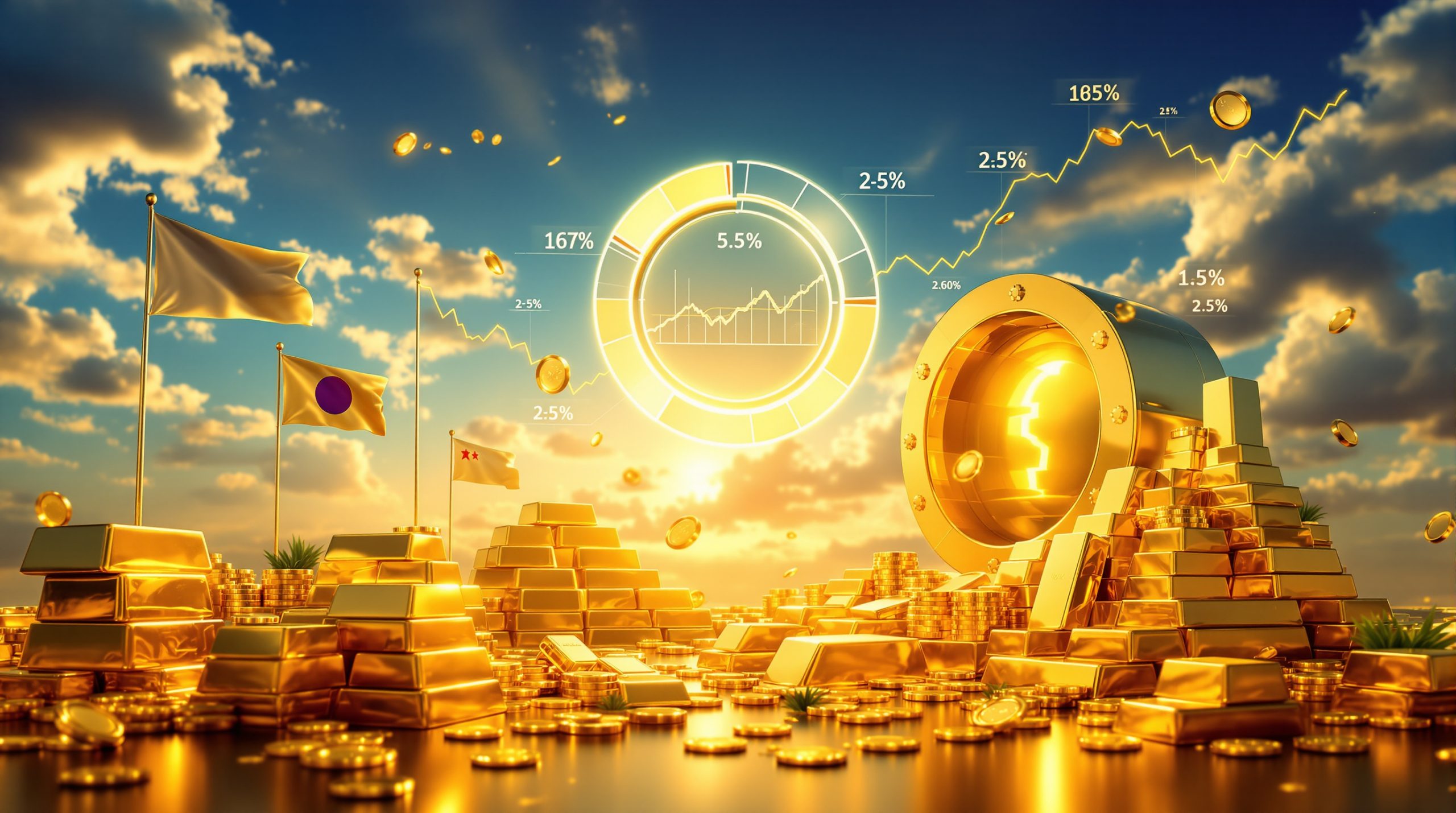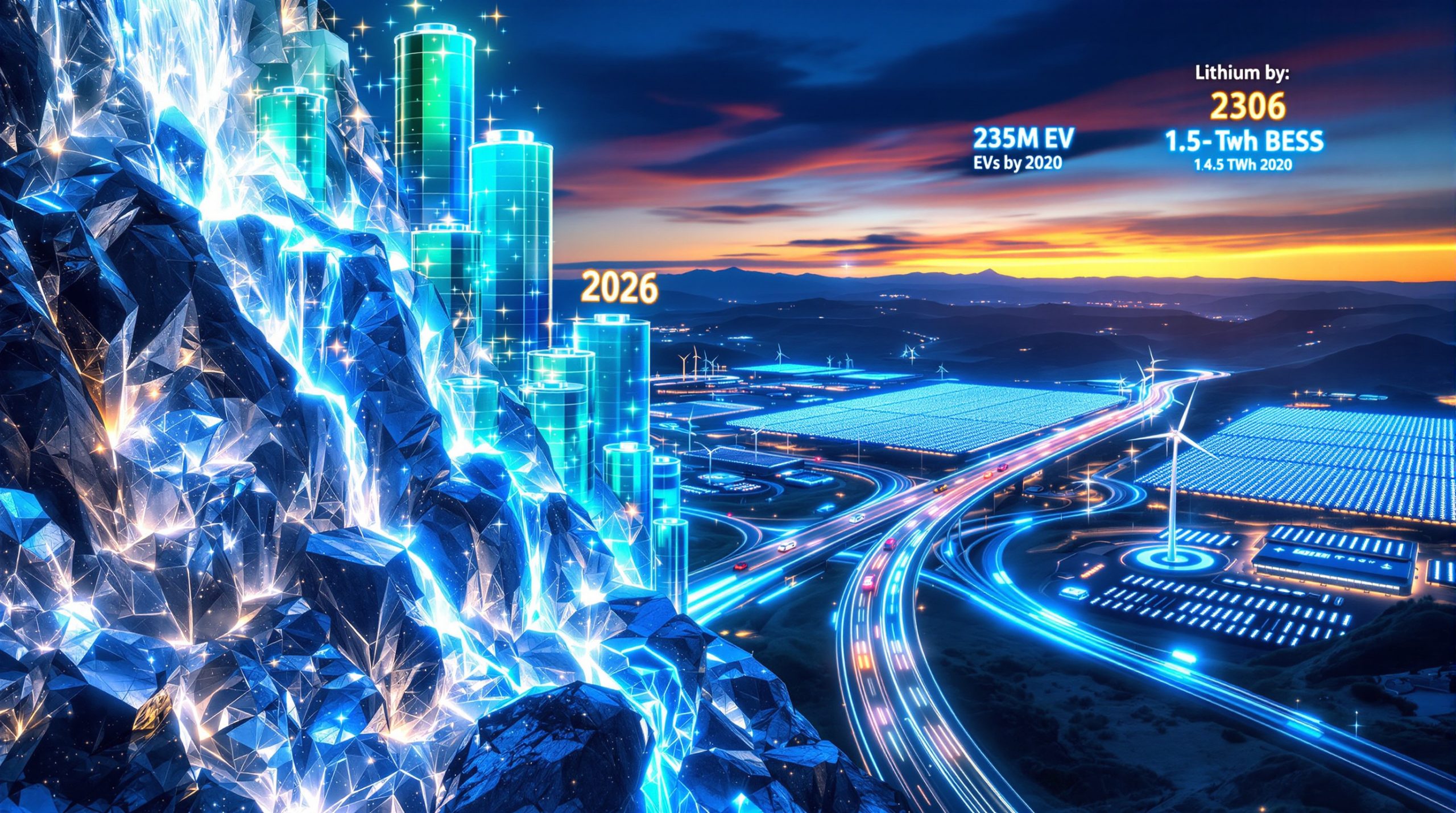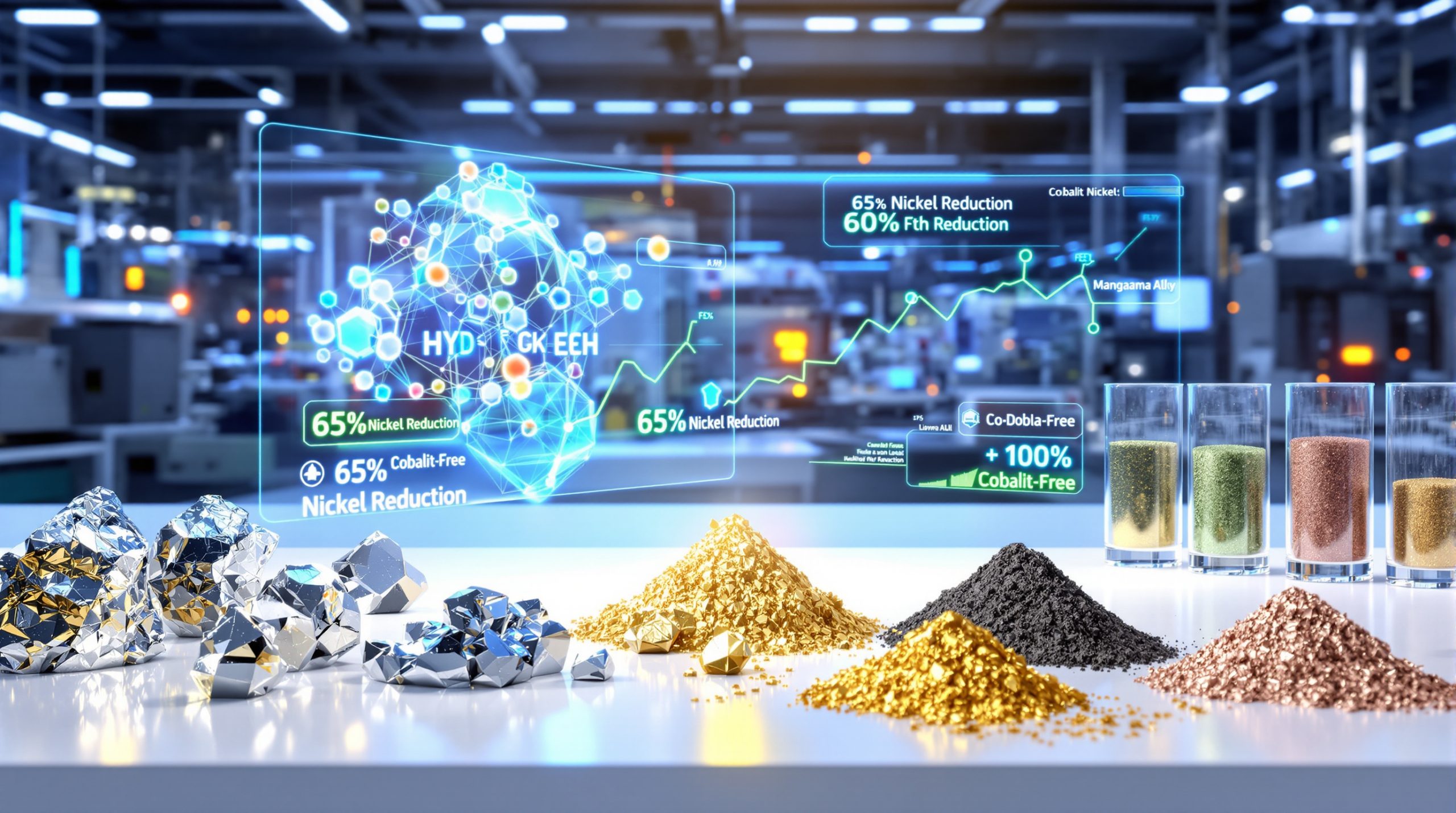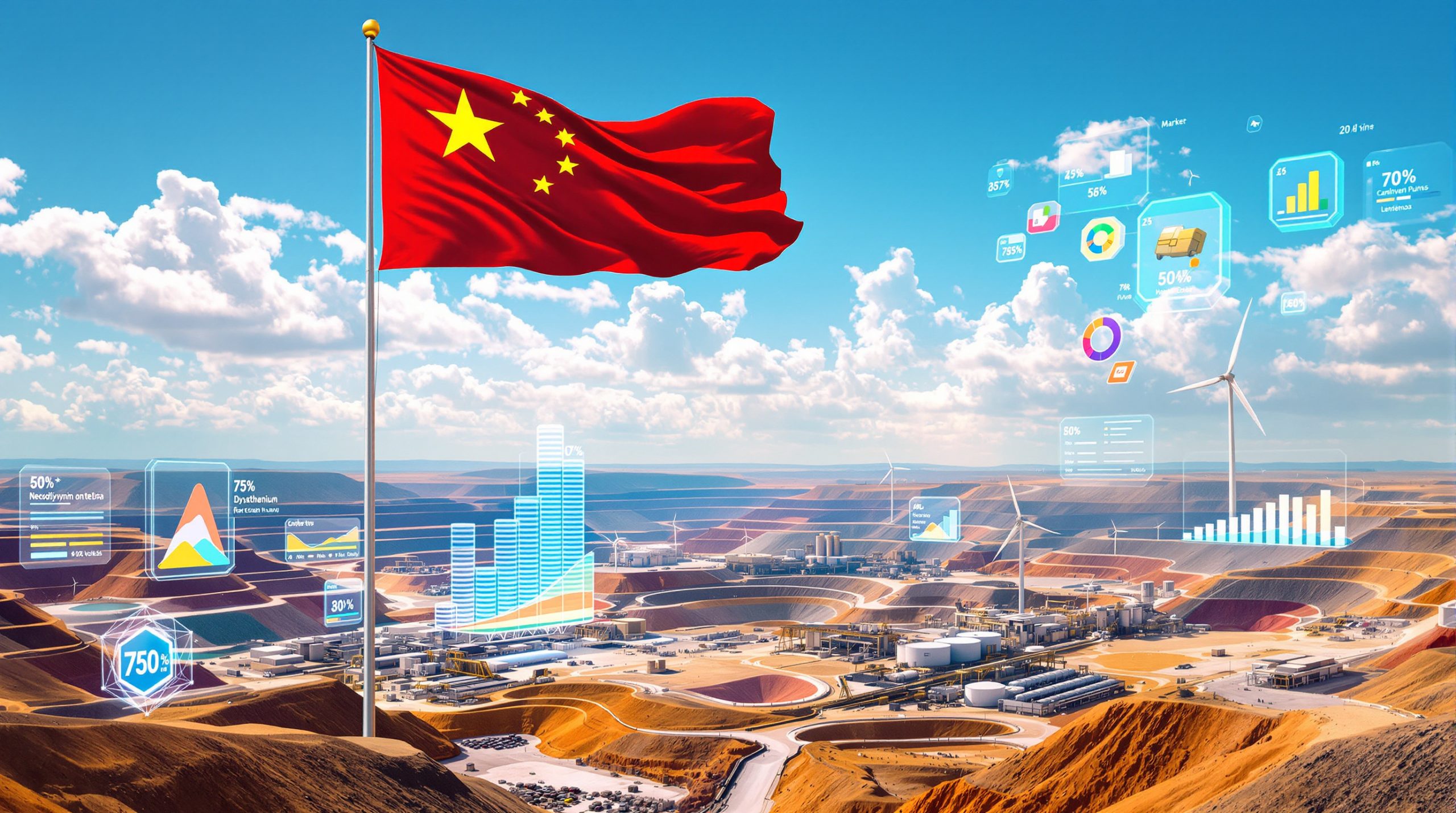What's Driving Silver to 14-Year Highs?
The Perfect Storm of Supply and Demand
Silver prices have surged to 14-year highs in 2025, driven by an unprecedented combination of soaring industrial demand for silver and persistent supply constraints. This rally represents a fundamental shift in silver's market dynamics, transforming it from primarily an investment metal to an essential industrial commodity.
The numbers tell a compelling story: 2024 marked a record year with industrial consumption reaching an astonishing 680 million ounces, according to the Silver Institute's World Silver Survey. More significantly, 2024 represents the fifth consecutive year of market deficit, with demand exceeding mining output by approximately 215 million ounces – the largest annual shortfall ever recorded.
"The structural deficit in the silver market is unprecedented. Industrial demand, particularly from solar and electric vehicles, is growing at double-digit rates while mine supply remains constrained. This is not a temporary imbalance but a new reality." — Michael DiRienzo, Executive Director of the Silver Institute
This persistent imbalance has drained above-ground inventories to critical levels. Registered silver stocks in COMEX warehouses have declined by over 70% since their 2020 peak, creating what many analysts describe as the tightest physical market in decades.
Supply chain vulnerabilities have further exacerbated the situation. Mexico, the world's largest silver producer accounting for nearly 24% of global output (approximately 205.8 million ounces annually), faces potential disruption from proposed U.S. tariffs on Mexican exports. This geopolitical dimension adds another layer of complexity to an already strained market with potential silver tariffs impact affecting global prices.
Beyond Traditional Investment Appeal
Silver's price performance has significantly diverged from gold in recent years, reflecting its evolving dual nature as both precious metal and critical industrial commodity. While gold has risen approximately 25% since 2022, silver has surged over 60% in the same period, outperforming not only precious metals but also the broader industrial metals complex.
This outperformance signals a fundamental reassessment of silver's value proposition. Historically, investment demand dominated silver's price narrative, with industrial applications playing a secondary role. Today, that relationship has inverted dramatically.
| Silver Demand By Sector | 2015 | 2020 | 2024 |
|---|---|---|---|
| Industrial | 45% | 48% | 55% |
| Investment | 35% | 32% | 28% |
| Jewelry/Silverware | 18% | 18% | 15% |
| Photography | 2% | 2% | 2% |
The ratio of industrial to investment demand has shifted decisively, with industrial applications now consuming over 55% of annual silver supply compared to just 45% a decade ago. This transformation has profound implications for price discovery, as industrial consumers typically exhibit less price sensitivity than investors.
Unlike gold, which derives its value primarily from monetary and investment demand, silver now responds to both macro-financial conditions and industrial growth cycles. This dual driver creates a more complex but potentially more robust price foundation. For investors, understanding the gold-silver ratio analysis becomes increasingly important for portfolio decisions.
How Is Technology Transforming Silver Demand?
Critical Role in Renewable Energy
The solar energy sector has emerged as silver's fastest-growing demand source, consuming approximately 140 million ounces in 2024 – a figure projected to reach 200 million ounces annually by 2028 according to Metals Focus.
Silver's critical role in photovoltaic (PV) technology stems from its unmatched electrical conductivity and durability. In traditional crystalline silicon solar cells, silver paste is screen-printed onto the front and rear surfaces to form the electrical contacts that collect and transmit the electricity generated. Each solar panel contains approximately 20 grams of silver, with specific intensity varying by technology:
- Standard PERC cells: 100 mg of silver per watt
- TOPCon cells: 120 mg of silver per watt
- Heterojunction (HJT) cells: Up to 150 mg of silver per watt
The International Energy Agency forecasts global solar PV capacity to reach 3,500 gigawatts by 2028, up from approximately 1,000 gigawatts in 2023. This extraordinary growth trajectory translates to consistent strong demand for silver, even as manufacturers implement "thrifting" techniques to reduce silver content per panel.
"The solar sector is expected to consume over 200 million ounces of silver by 2028, up from 150 million in 2023. Even with ongoing efforts to reduce silver intensity, the sheer scale of deployment means absolute demand continues to rise." — Adam Webb, Director of Mine Supply at Metals Focus
This solar-driven demand shows remarkable resilience even during periods of high silver prices, as manufacturers have limited flexibility to substitute silver without compromising performance and reliability.
Electric Vehicle Revolution
The automotive industry's electrification represents another powerful driver of silver demand. Electric vehicles (EVs) contain significantly more silver than their internal combustion counterparts – 25-50 grams per vehicle compared to 15-28 grams in conventional cars.
Silver serves numerous critical functions in EVs:
- Battery management systems
- Power electronics and control modules
- Electric motor contacts and bearings
- Charging infrastructure components
- Advanced driver assistance systems (ADAS)
With global EV sales projected to reach 30 million units annually by 2030 according to BloombergNEF (up from 10 million in 2023), automotive silver demand is set to more than double over the next five years. This growth occurs independently of solar demand, creating multiple simultaneous pressures on available supply.
The intensity of silver usage varies significantly across vehicle types and manufacturers:
| Vehicle Type | Average Silver Content |
|---|---|
| Conventional ICE | 15-28 grams |
| Hybrid | 18-34 grams |
| Battery Electric (economy) | 25-40 grams |
| Battery Electric (premium) | 40-50+ grams |
| Fuel Cell Vehicle | 50-100 grams |
"Electric vehicles require more silver than internal combustion engines due to their advanced electronics, power management, and charging systems. As vehicle electrification accelerates globally, silver demand from this sector alone could reach 90 million ounces annually by 2030." — Philip Newman, Managing Director at CRU Group
Semiconductor and Electronics Dependencies
Silver's role in the semiconductor industry has taken on new significance amid the artificial intelligence revolution and the proliferation of data centers. With electrical conductivity of 63 × 10^6 S/m – the highest of any metal – silver remains irreplaceable in applications requiring minimal resistance and maximum reliability.
Critical semiconductor applications include:
- Die-attach materials in integrated circuits
- Conductive adhesives and sintered pastes
- High-frequency circuit elements
- EMI shielding components
- Advanced packaging technologies
The World Semiconductor Trade Statistics (WSTS) forecasts the global semiconductor market to reach $688 billion in 2024, representing 13% growth from 2023. This expansion, particularly in high-performance computing for AI applications, drives increased silver consumption.
AI server infrastructure represents a particularly silver-intensive application. A typical AI server farm requires 2-3 times the silver content of traditional data centers due to higher power density, more complex cooling systems, and greater interconnection requirements.
The electronics sector currently consumes approximately 250 million ounces of silver annually, with AI-related applications accounting for the fastest-growing segment of this demand.
Why Can't Supply Keep Pace with Demand?
Mining Production Challenges
Global silver mine production reached approximately 836 million ounces (26,000 metric tons) in 2023 according to the U.S. Geological Survey – a figure that has grown at less than 1.5% annually over the past decade despite significantly higher prices.
This subdued supply response stems from silver's unique production economics. Only about 30% of annual silver production comes from primary silver mines where silver is the main product. The remaining 70% is produced as a byproduct of mining other metals, primarily lead, zinc, copper, and gold.
"The economics of silver mining are challenging because over two-thirds of silver comes as a by-product. When base metal prices are low, silver production can decline even if silver prices rise. This creates a structural rigidity in supply that can't quickly respond to silver-specific demand." — Karen Hinton, mining analyst at BMO Capital Markets
This byproduct status creates a significant constraint on supply elasticity. Even when silver prices rise substantially, production decisions at most mines remain tied to the economics of the primary metal, not silver.
The all-in sustaining costs (AISC) for primary silver miners average between $15-20 per ounce, but the capital intensity of bringing new production online has increased dramatically. New silver mining projects typically require prices above $25 per ounce to justify development capital and deliver acceptable returns.
Exploration budgets for silver have remained constrained, with fewer major discoveries reported in the past decade than in previous periods. The average time from discovery to production now exceeds 12 years, creating a significant lag in supply response even when prices incentivize new development.
Geopolitical Supply Risks
Silver production is highly concentrated geographically, creating significant supply vulnerability. The top three producing countries – Mexico (24%), Peru (14%), and China (13%) – account for over half of global output.
Mexico's dominant position makes any potential trade disruption particularly impactful. The U.S. Trade Representative's consideration of tariffs on Mexican exports in 2024 created immediate price volatility and highlighted the market's sensitivity to geopolitical developments.
"Political instability and policy changes in key mining jurisdictions like Mexico and Peru pose significant risks to silver supply. The concentration of production in relatively few countries creates systemic vulnerability that doesn't exist to the same degree for many other metals." — Christopher Ecclestone, mining strategist at Hallgarten & Co.
Beyond trade tensions, resource nationalism presents another challenge. Several major silver-producing countries have implemented or proposed increased mining royalties, stricter environmental regulations, and limitations on foreign ownership of mineral resources. The Mexican government's 2024 proposal for higher mining royalties exemplifies this trend.
Labor disputes also impact production. In 2024, strikes at several major Peruvian mining operations reduced output by an estimated 15 million ounces. The frequency of such disruptions has increased in recent years as workers demand higher compensation amid rising metal prices.
Recycling and Secondary Supply
Recycling provided approximately 180 million ounces of silver supply in 2023, representing about 20% of total supply. While recycling increases during periods of high prices, structural constraints limit its ability to fully offset mining shortfalls.
Silver recycling faces several technical and economic challenges:
- Low concentration in many consumer products
- Complex recovery processes for electronics
- High energy requirements for separation
- Collection infrastructure limitations
- Competition from lower-cost disposal options
"Recycling of silver from end-of-life electronics is growing but faces technical and economic hurdles. The concentration of silver in many products is low, making recovery challenging at any price point below $30 per ounce." — Dr. Thomas Verhoeven, director of the International Precious Metals Institute
Unlike gold, which has a recycling rate exceeding 90% in some applications, silver recycling rates remain much lower – typically 30-40% for industrial applications and only 15-20% for consumer electronics.
The economic threshold for profitable silver recycling varies by source material:
- Industrial scrap: Viable at $18+ per ounce
- Photographic waste: Viable at $20+ per ounce
- Electronics: Generally requires $25+ per ounce
- Dilute waste streams: May require $30+ per ounce
While specialized firms like Umicore and Johnson Matthey have developed advanced silver recovery technologies, the absolute volume potential remains constrained by collection challenges and processing economics.
What Makes Silver Strategic in the Green Technology Transition?
Critical Material Status
Silver's strategic importance has gained formal recognition, with both the European Commission and the U.S. Department of Energy including it in their critical materials assessments. The European Commission's 2023 Critical Raw Materials Act explicitly identifies silver as essential for the clean energy transition.
This designation reflects growing awareness of silver's irreplaceability in key technologies. Unlike some critical materials that face supply concerns but have potential substitutes, silver combines supply risk with limited substitution possibilities.
"Silver's unique properties make it indispensable for the energy transition, and its critical status underscores the need for secure supply chains. We're seeing unprecedented coordination between governments and industry to address potential shortfalls." — Dr. Serena Williams, materials researcher at the Critical Materials Institute
Substitution possibilities for silver vary significantly by application:
| Application | Substitution Potential | Substitute Materials | Performance Impact |
|---|---|---|---|
| Solar PV contacts | Low | Copper, aluminum | Efficiency loss of 2-5% |
| EV electrical systems | Moderate | Copper, aluminum | Weight increase, reliability concerns |
| Medical applications | Very low | None viable | N/A |
| Electronics | Low-Moderate | Copper, conductive polymers | Performance degradation, shorter lifespan |
| Batteries | Moderate | Various alternatives | Lower energy density |
The critical material designation has practical implications, including:
- Strategic stockpiling considerations by governments
- Research funding for recycling and substitution technologies
- Supply chain mapping and vulnerability assessments
- Potential export restrictions from producing countries
- Development of alternative sourcing strategies
Green Technology Dependencies
The clean energy transition is creating unprecedented demands on silver supplies. Beyond solar panels, silver plays essential roles across the renewable energy ecosystem:
- Wind turbines use 50-100 ounces of silver per megawatt in their electrical systems and bearings
- Energy storage systems require silver in contacts and control systems
- Smart grid infrastructure utilizes silver in sensors and control equipment
- Fuel cells contain silver catalysts and connection components
The International Energy Agency's Net Zero Scenario projects that silver demand from clean energy technologies could reach 300 million ounces annually by 2030 – representing nearly half of current industrial demand for silver.
"As we push for higher efficiency in solar panels and wind turbines, the role of silver becomes even more critical. The trend toward higher-efficiency technologies actually increases silver intensity rather than reducing it." — Dr. Robert Lee, energy analyst at Wood Mackenzie
Different clean energy technologies exhibit varying degrees of silver intensity:
- Crystalline silicon solar (standard): 100 mg/watt
- High-efficiency solar (HJT/IBC): 120-150 mg/watt
- Wind power: 50-100 ounces per megawatt
- Green hydrogen electrolyzers: 25-50 grams per kilowatt
Nations with ambitious renewable energy targets face particular exposure to silver supply constraints. China's dominance in solar manufacturing (producing over 80% of global panels) creates significant silver demand concentration, while Europe's aggressive renewable deployment creates another major consumption center.
Industrial Competition for Limited Supply
As silver supplies tighten, competition between industrial sectors has intensified. Different industries exhibit varying price elasticity of demand, creating winners and losers during supply crunches.
Medical applications, aerospace, and defense industries typically show the lowest price sensitivity, as silver represents a minimal portion of overall costs but delivers critical functionality. These sectors can often absorb significant price increases without reducing consumption.
In contrast, consumer electronics manufacturers exhibit moderate price sensitivity, with the ability to implement thrifting measures or substitution when prices rise substantially.
"The solar industry is now competing directly with electronics manufacturers for silver, creating a bidding war during supply crunches. We're seeing strategic purchasing behavior from major consumers who are securing long-term supply agreements rather than relying on spot markets." — Amanda Williams, commodity strategist at Citi
The solar industry demonstrates the most complex price response. While moderately price-sensitive, the imperative for rapid deployment creates strong underlying demand even during price spikes. At certain thresholds, however, project economics can deteriorate to the point of delaying installations.
Strategic sourcing initiatives have emerged in response to this competition:
- Long-term supply agreements with fixed or collar pricing
- Direct investment in mining projects by end-users
- Development of closed-loop recycling programs
- Creation of industry consortiums for collective purchasing
- Geographic diversification of supply chains
How Are Markets Responding to the Silver Squeeze?
Price Action Analysis
Silver's technical breakout above long-term resistance at $30 per ounce in early 2024 signaled a new market regime. After consolidating between $22-28 for several years, prices surged to test the $35 level by mid-2024 before establishing a new trading range between $32-38.
This price action exhibits classic characteristics of a supply-constrained commodity:
- Higher lows on each correction
- Decreasing volatility as price rises
- Strong support at previous resistance levels
- Positive correlation with industrial production metrics
- Diminished correlation with gold during certain periods
The market's structure has fundamentally changed. Previous silver bull markets (1979-1980, 2010-2011) were primarily investment-driven, characterized by extreme volatility and rapid mean reversion. The current uptrend demonstrates greater stability, supported by physical demand rather than speculative positioning.
Trading volumes across all silver markets have increased substantially, with COMEX futures volume up 35% and London OTC volumes rising 28% year-over-year. More significantly, physical
Ready to Capitalise on the Next Silver Market Move?
Discover real-time opportunities in the silver market with Discovery Alert's proprietary Discovery IQ model, which identifies high-potential ASX announcements before the broader market reacts. Visit our discoveries page to see how major mineral discoveries have delivered exceptional returns for early investors.




